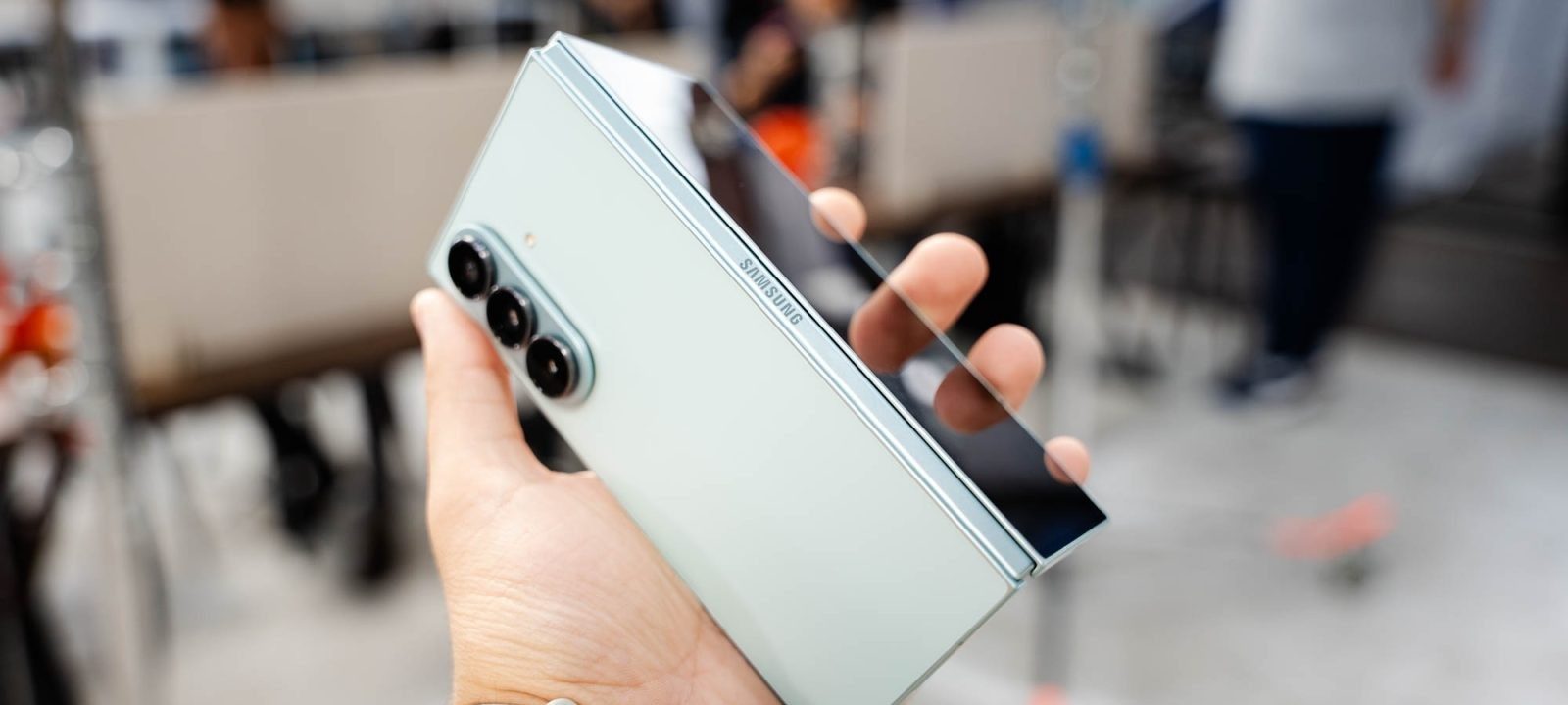Samsung Galaxy Z Fold 8: Anticipated Enhancements in Battery, Display, and S Pen Functionality
Article Text:
As the smartphone industry continues to evolve, Samsung remains at the forefront of innovation, particularly in the realm of foldable devices. The upcoming Galaxy Z Fold 8 is poised to introduce significant advancements in battery capacity, display technology, and S Pen integration, addressing previous limitations and setting new standards for foldable smartphones.
Enhanced Battery Performance
One of the most anticipated upgrades in the Galaxy Z Fold 8 is its battery capacity. Previous iterations, such as the Galaxy Z Fold 3 through Z Fold 6, have consistently featured a 4,400 mAh battery. While this capacity has provided adequate performance, users have expressed a desire for longer battery life to support the device’s multifunctional capabilities. Reports suggest that Samsung is responding to this feedback by equipping the Galaxy Z Fold 8 with a larger battery, potentially exceeding 5,000 mAh. This increase aims to provide users with extended usage time, accommodating the demands of the device’s expansive display and multitasking features.
Revolutionary Display Technology
The display is a cornerstone of the foldable experience, and Samsung is reportedly making significant strides in this area for the Galaxy Z Fold 8. Building upon the design language of its predecessors, the new model is expected to feature a larger internal display, potentially reaching up to 8 inches. This expansion would enhance the immersive experience for users, making activities such as media consumption, gaming, and multitasking more engaging.
In addition to size, Samsung is focusing on improving the durability and visual quality of the display. The company is exploring the use of advanced materials, such as ultra-thin glass (UTG) with enhanced flexibility and resilience. This development aims to reduce the prominence of the crease that has been a point of contention in previous models, providing a smoother and more seamless display surface.
Innovative S Pen Integration
The S Pen has been a defining feature of Samsung’s premium devices, offering users precise input for note-taking, drawing, and navigation. However, integrating the S Pen into the foldable form factor has presented challenges, particularly concerning device thickness and internal space constraints.
In the Galaxy Z Fold 7, Samsung made the controversial decision to remove S Pen support entirely to achieve a thinner and more durable design. This move was met with mixed reactions from the user base, with some appreciating the sleeker profile and others lamenting the loss of stylus functionality.
For the Galaxy Z Fold 8, Samsung is reportedly revisiting S Pen integration with a novel approach. The company is considering adopting Active Electrostatic (AES) technology, similar to that used in Apple’s Pencil. Unlike the traditional Electromagnetic Resonance (EMR) technology, which requires a digitizer layer beneath the display, AES technology places the electrical components within the stylus itself. This shift would eliminate the need for an additional layer under the screen, allowing for a thinner device profile without sacrificing S Pen functionality.
Implementing AES technology would necessitate the S Pen having its own power source, as it would need to generate the necessary electrical field for input detection. While this change would mean users would need to charge the S Pen, it offers the benefit of maintaining a slim device design while reintroducing stylus support.
Material Innovations and Design Considerations
To further enhance the Galaxy Z Fold 8’s design and durability, Samsung is exploring the use of advanced materials for the device’s construction. Previous models have utilized materials like carbon-fiber-reinforced plastics (CFRP) and titanium to balance strength and weight. For the upcoming model, Samsung is considering a return to CFRP for the backplate, citing its availability and favorable properties.
The choice of materials is also influenced by external factors, such as global supply chain dynamics. For instance, the use of titanium in the Galaxy Z Fold 7 was impacted by trade disputes affecting the availability of rare earth minerals. By opting for CFRP, Samsung aims to mitigate potential supply chain disruptions while maintaining the device’s structural integrity.
Balancing Trade-offs for Optimal User Experience
Samsung’s approach to the Galaxy Z Fold 8 reflects a careful balancing act between incorporating advanced features and maintaining a sleek, user-friendly design. The removal of the S Pen in the previous model was a deliberate trade-off to achieve a thinner and lighter device. However, recognizing the value that users place on stylus functionality, Samsung is actively researching and developing technologies that would allow for the reintroduction of the S Pen without compromising the device’s form factor.
This commitment to innovation is evident in the company’s exploration of thinner and more efficient digitizers, as well as alternative stylus technologies. By prioritizing consumer demand and technological feasibility, Samsung aims to deliver a foldable device that meets the diverse needs of its user base.
Conclusion
The Samsung Galaxy Z Fold 8 is shaping up to be a landmark device in the foldable smartphone market. With anticipated enhancements in battery capacity, display technology, and S Pen integration, it promises to address previous limitations and offer users a more versatile and immersive experience. As Samsung continues to push the boundaries of mobile technology, the Galaxy Z Fold 8 stands as a testament to the company’s dedication to innovation and user-centric design.



